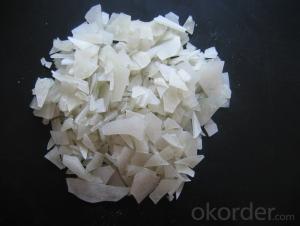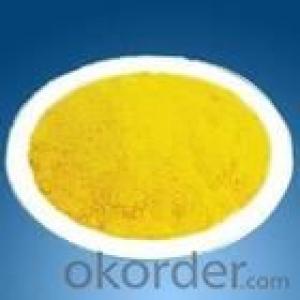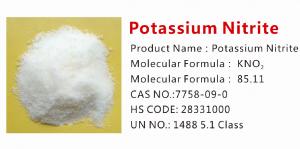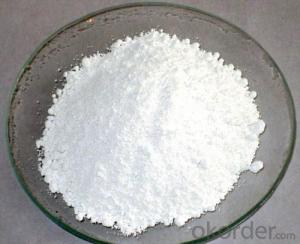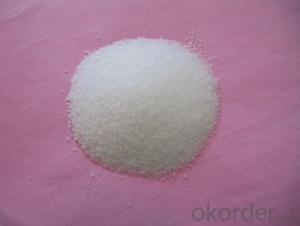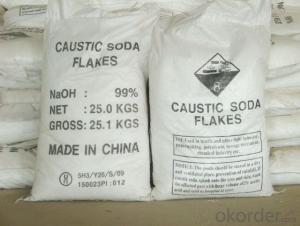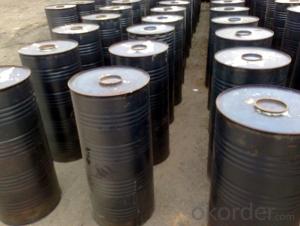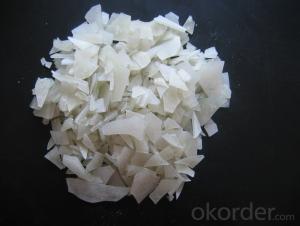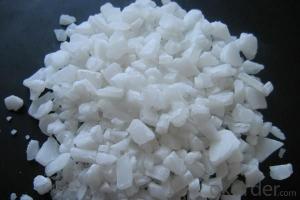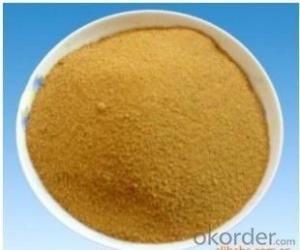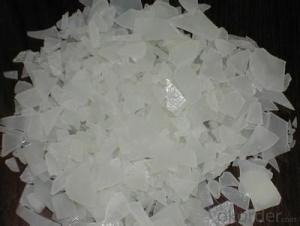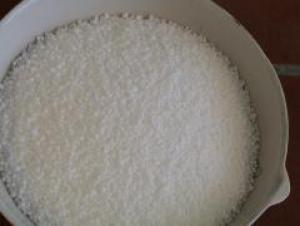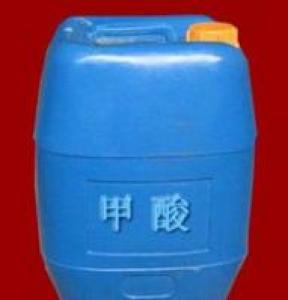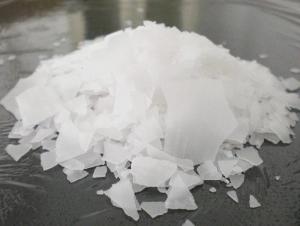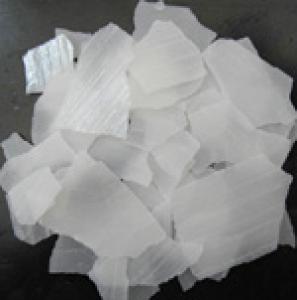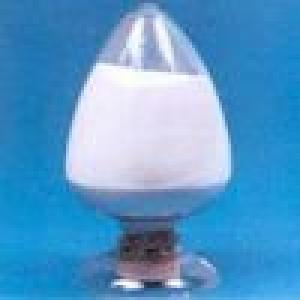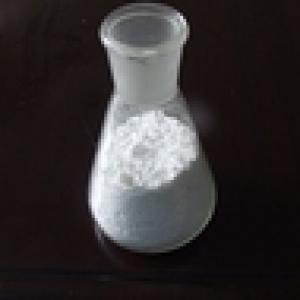BEST QUALITY FERRIC ALUMINIUM SULPHATE FLAKE
- Loading Port:
- China Main Port
- Payment Terms:
- TT OR LC
- Min Order Qty:
- -
- Supply Capability:
- -
OKorder Service Pledge
OKorder Financial Service
You Might Also Like
Packaging & Delivery
| Packaging Detail: | PP/PE 50kg/bag;25kg/bag;Jumbo bag or according to customers' requirements. 20-25MT will be loaded in per 20'FCL container. |
| Delivery Detail: | Within 15 days after receiving the prepayment or L/C. |
Specifications
Aluminium Sulphate
Molecular Formula:Al2(SO4)3
Purity:Al2O3 15.8% 16% 17%
Shape:Flake,Granular,Powder
CAS NO.10043-01-3
1. Chemical and Physical Properties:
Product name: Aluminium Sulphate or Aluminum Sulfate
Shape: Flakes or Granular or Powder.
EINECS NO.:233-135-0
CAS No.: 10043-01-3
HS.Code: 28332200
Molecular Formula: Al2(SO4)3
Appearance:It is white or grey flake,particle or massive crystallization.
Apt to cake after moisture absorption when laid in air for a long time.A little green because of Fe2+ ,yellow when Fe2+ is oxided to Fe3+.Soluble in water easily,and water solution is acid.
2. Specification:
Standard: HG/T 2225-2001 and HG/T 2227-2004
Items | Specifications | |||
I Type:Low Ferrous/Low Iron | II Type:Non-Ferrous/Iron-free | |||
First Class | Qualified | First Class | Qualified | |
Al2O3 % ≥ | 15.8 | 15.6 | 17 | 16 |
Ferrous(Fe )% ≤ | 0.5 | 0.7 | 0.005 | 0.01 |
Water Insolube % ≤ | 0.1 | 0.15 | 0.1 | 0.15 |
PH (1% aqueous solution) ≥ | 3.0 | 3.0 | 3.0 | 3.0 |
Arsenic(As) %≤ | 0.0005 | 0.0005 | ||
Heavy metal (Pb) %≤ | 0.002 | 0.002 | ||
3.Applications:
Water effluent treatment system
It's used for purification of drinking water and wastewater treatment by settling of impurities by
means of precipitation and flocculation.
Paper Industry
It helps in sizing of paper at neutral and alkaline pH, thus improving paper quality (reducing spots
and holes and improving sheet formation and strength) and sizing efficiency.
Textile Industry
It is used for color fixing in Naphthol based dyes for cotton fabric.
Other Uses
Leather tanning, lubricating compositions, fire retardants; decolorizing agent in petroleum, deodorizer; food additive; firming agent; dyeing mordant; foaming agent in firefighting foams; fireproofing cloth; catalyst; pH control; waterproofing concrete; aluminum compounds, zeolites etc.
4. Package:
Packaging Detail: PP/PE 50kg/bag;25kg/bag;Jumbo bag or according to customers' requirements.
20-25MT will be loaded in per 20'FCL container.
5. Attention and Storage:
The product is liable to absorb moisture and clot due to long-term exposure, so shady, cool and ventilated environment is needed.
- Q: are there any other foods than water and salt that have an abiotic origin (lifeless, inorganic)?
- water and salt aren't foods. There is no caloric value in them, so they cannot be foods. We live on earth. All foods have an organic origin.
- Q: What is the common substance oxide in junior middle school chemistry
- Elemental: chlorine, hydrogen, oxygen, nitrogen, sulfur, carbon, phosphorus, aluminum, potassium, sodium, magnesium, iron, silver, copper, zinc and so on.
- Q: Magnesium can constitute chlorophyll, which reflects the nature of inorganic salts
- , to maintain the osmotic pressure of cells, especially for the absorption of nutrients in plants have an important role.
- Q: citrate, What is the rationale for using a medium with this type of composition for the performance of the citrate utilization test?Thank you!
- as it has no other sources of nutrition, only citrate metabolizers will be able to grow and thrive on this medium. If your organism grows, you know it is a citrate metabolizer which helps to identify the bacteria.
- Q: Why does inorganic salts affect chemical degradation of organic wastewater
- Industrial organic waste water is highly toxic and stable pollutants, for such waste water is difficult to use conventional physical, chemical and biological methods. This paper summarizes the main processing technologies of biodegradable organic wastewater at home and abroad, including biological treatment, chemical treatment and physical treatment and various joint treatment processes. The methods or processes of various methods or processes are described.
- Q: What is the oxide
- ? Oxide belongs to the compound, it must be pure, its composition contains only two elements, one of which must be oxygen, and the other if the metal element, compared to metal oxide; if non-metallic, Metal oxide
- Q: How to go to the base of the teapot
- Many people like to drink tea, but the cup of tea is difficult to remove the tea, tea wall grows a layer of tea, containing cadmium, lead, iron, arsenic, mercury and other metal substances. They are in the tea into the body, and food in the protein, fat and vitamins and other nutritional compounds, resulting in insoluble precipitation, hinder the absorption of nutrients. At the same time, these oxides into the body can cause nerve, digestion, urinary hematopoietic system diseases and dysfunction, especially arsenic, cadmium can cause cancer, causing fetal malformations, health hazards. Therefore, tea drinking habits, should always be timely cleaning tea inside the tea. In order to make you no longer a big headache for the matter, the following describes several ways in addition to tea: (1) remove the metal tea on the tea off, the use of metal tea, Become black, such as with medium-sized cleaning agent can not wash, can be soaked with vinegar, or soaked with bleach can easily peel. (2) to remove the cup or teapot on the tea, cups, teapots with a long time, it will be a lot of tea, with a sponge dipped in salt friction, can be easily removed. (3) in addition to small pieces of tea, can be soaked in bleach or clean powder solution, and place a night, you can remove the tea scale. (4) can be used toothpaste or broken eggshell scrub, and then rinse with water can be.
- Q: Consult the science and engineering, chemical and biological experts, plants absorb inorganic salts and water, then the absorption of inorganic salts in what form is absorbed into the way, is absorbed in the way of ions or in the way of the compound, And then only in the body only ionized into the ion state exists in the body. Grateful
- Absorbed in an ionic state.
- Q: How to extract inorganic salts in soil?
- Find a piece of mud, with water, filter out the permeate, filter with filter paper. The liquid was placed in a beaker and dried to obtain white crystals
- Q: Inorganic salt is not salty
- (About 40%): super hot, feel hot porridge, and then slightly sweet and pain coexist. , For 2 days to retire (98% pure concentrated sulfuric acid can not drink).
Send your message to us
BEST QUALITY FERRIC ALUMINIUM SULPHATE FLAKE
- Loading Port:
- China Main Port
- Payment Terms:
- TT OR LC
- Min Order Qty:
- -
- Supply Capability:
- -
OKorder Service Pledge
OKorder Financial Service
Similar products
Hot products
Hot Searches
Related keywords
